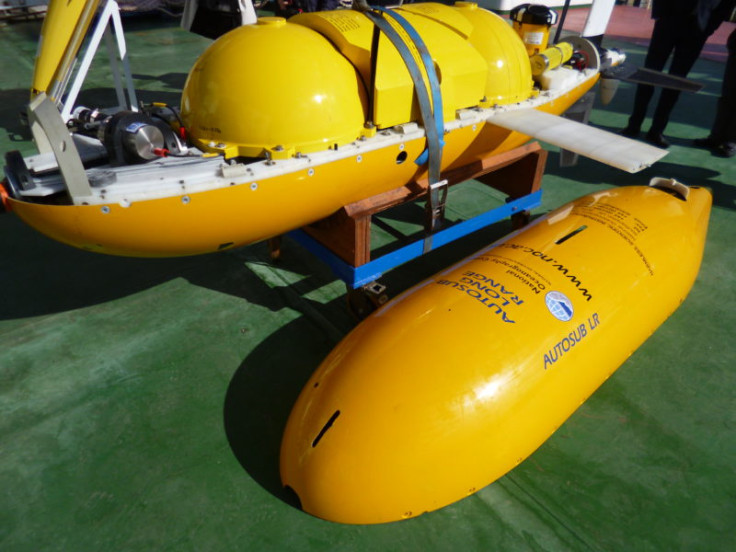Boaty McBoatface set for maiden voyage in the Antarctic
Robotic submarine to map movement of deep waters in abyss that plays a critical role in regulating Earth's climate.

The bright yellow submarine that was named Boaty McBoatface is set to depart for the Antarctic this week on its first scientific expedition.
The robotic submarine is going to map the movement of deep waters in the abyss that plays a critical role in regulating the Earth's climate.
Boaty took its name from a public poll which was originally hunting for the moniker for a future UK £200m polar research vessel, now confirmed as RRS Sir David Attenborough.
The government felt the name would be inappropriate and directed the quirky title to the submersible instead.
What many people may not realise is that there is actually more than one Boaty. The name covers a trio of vehicles in the new Autosub Long Range class of underwater robots developed at Southampton's National Oceanography Centre (NOC). Depending on the tasks undertaken, the machines can all be configured slightly differently.
Sitting aboard Britain's current polar ship the RRS James Clark Ross, the "adventures of Boaty" will be initiated when the submarine heads out of Punta Arenas, Chile, on 17 March.
The JCR will drop the sub into a narrow, jagged, 3,500m-deep gap in an underwater ridge that extends northeast of the Antarctic Peninsula. Referred to as the Orkney Passage, this is the gateway into the Atlantic for much of the "bottom-water" that is created as sea-ice grows on the margins of the White Continent.
'Predicting how the climate will evolve'
Professor Alberto Naveira Garabato from the University of Southampton, the lead scientist of the research cruise, commented: "We know that a major driver of the abyssal ocean warming, at least in the Atlantic Ocean, is changes in winds over the Southern Ocean.
"Our goal is to learn enough about these convoluted processes to represent them (for the first time) in the models that scientists use to predict how our climate will evolve over the 21st century and beyond."
And while this particular robot is hard at work in the Southern Ocean, its two siblings back in Southampton are being prepared for their own expeditions.
Scientists are queuing up to use them, and exploit their ability to autonomously patrol the oceans for weeks, even months, on end.
© Copyright IBTimes 2024. All rights reserved.






